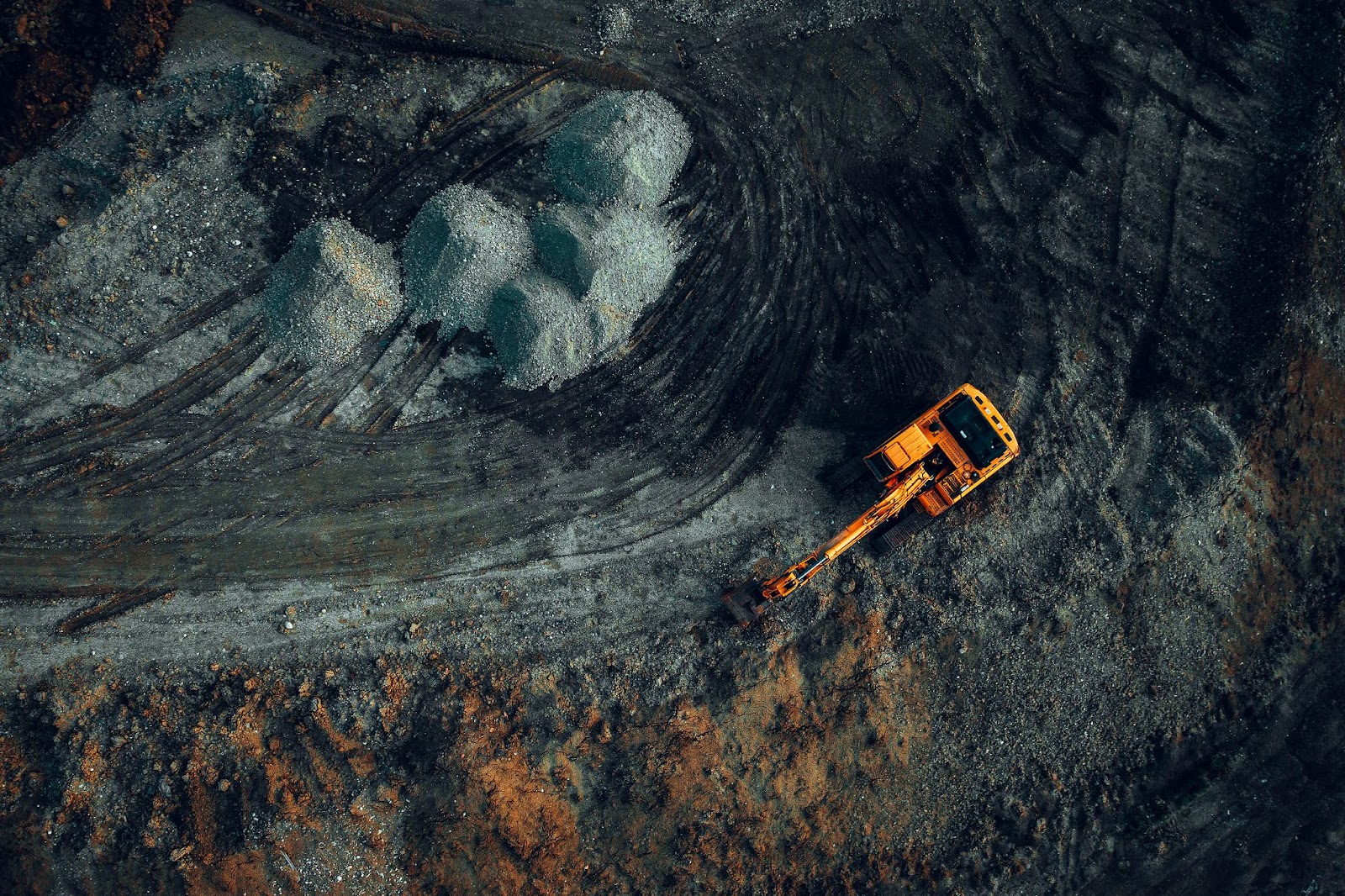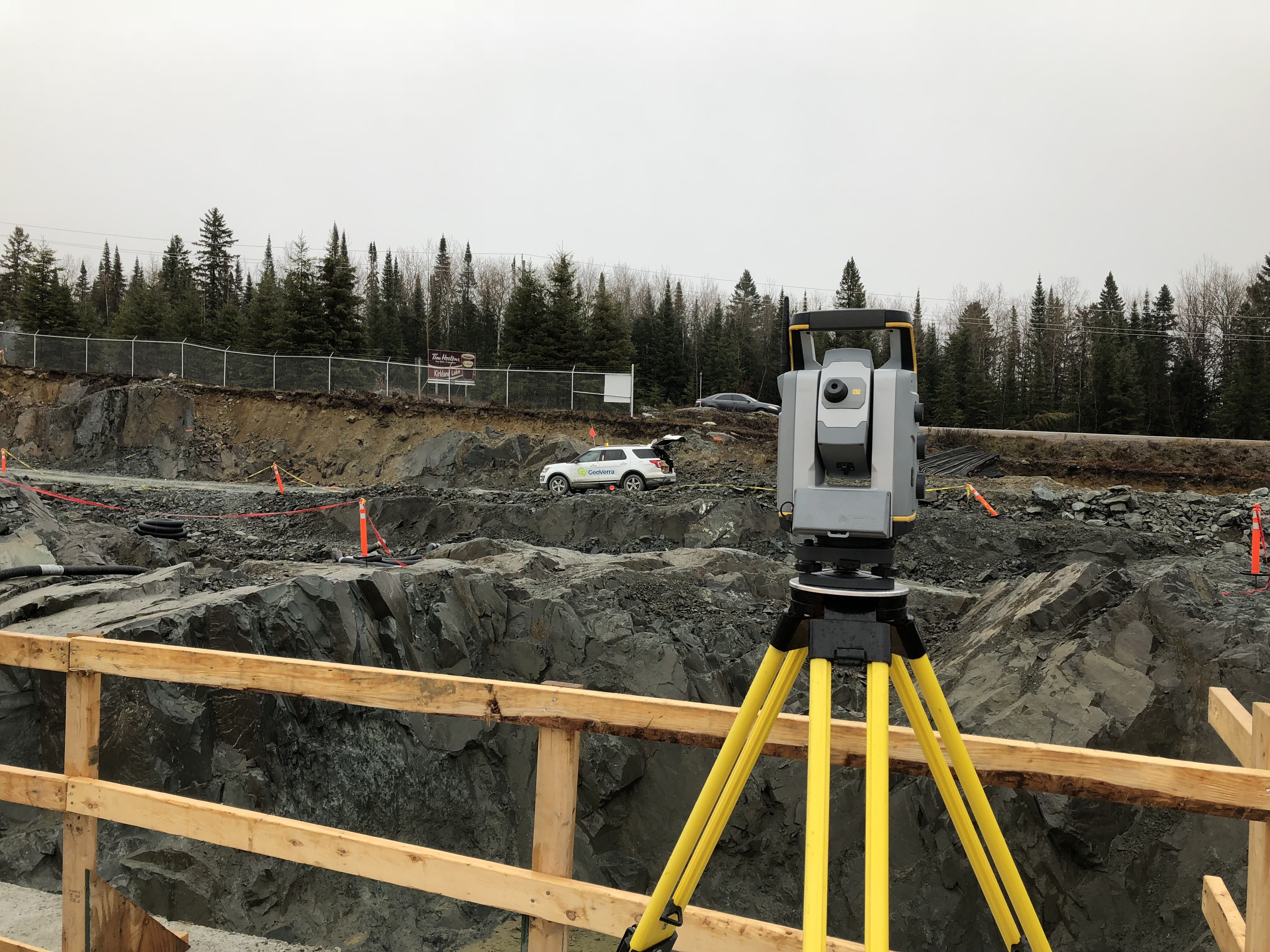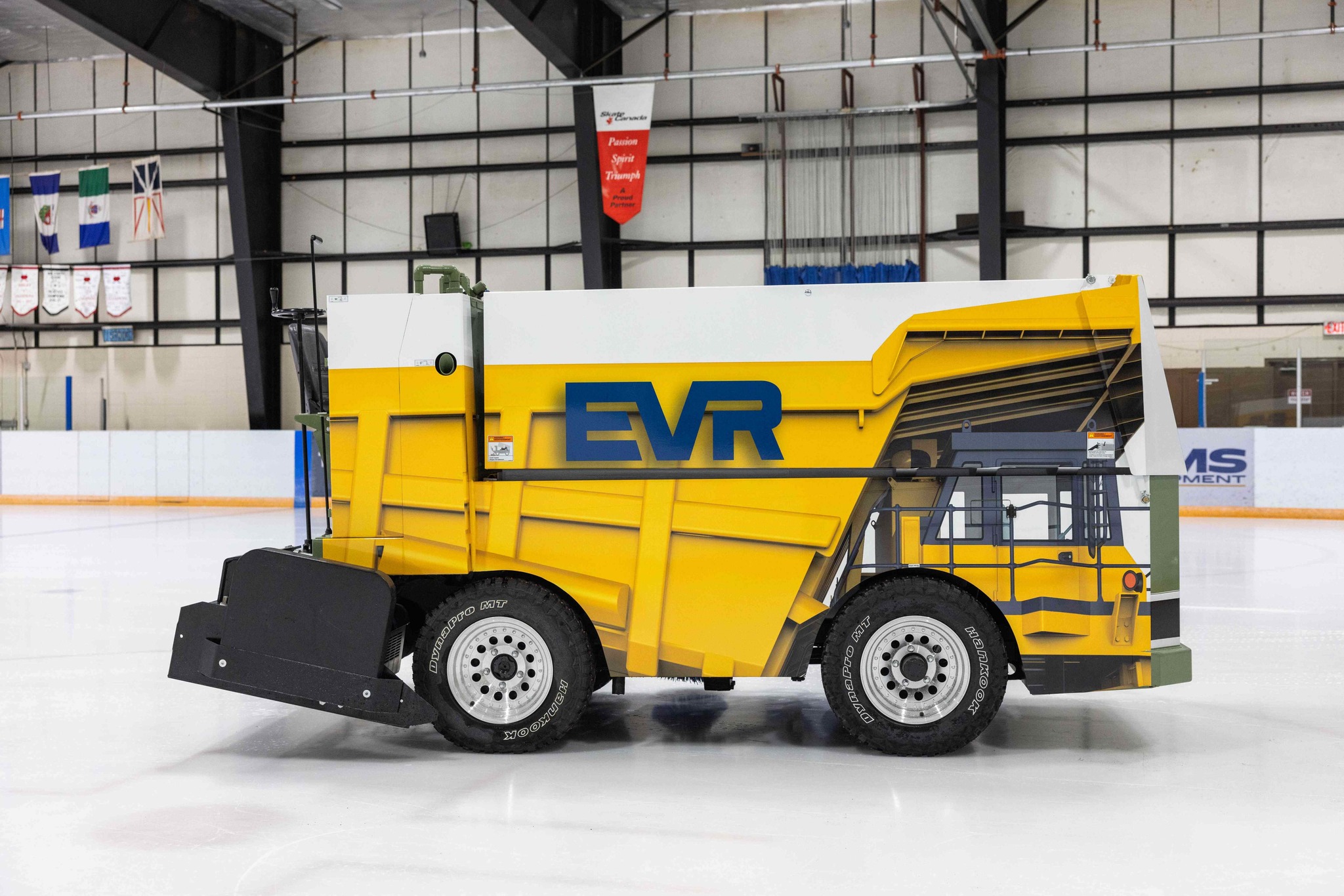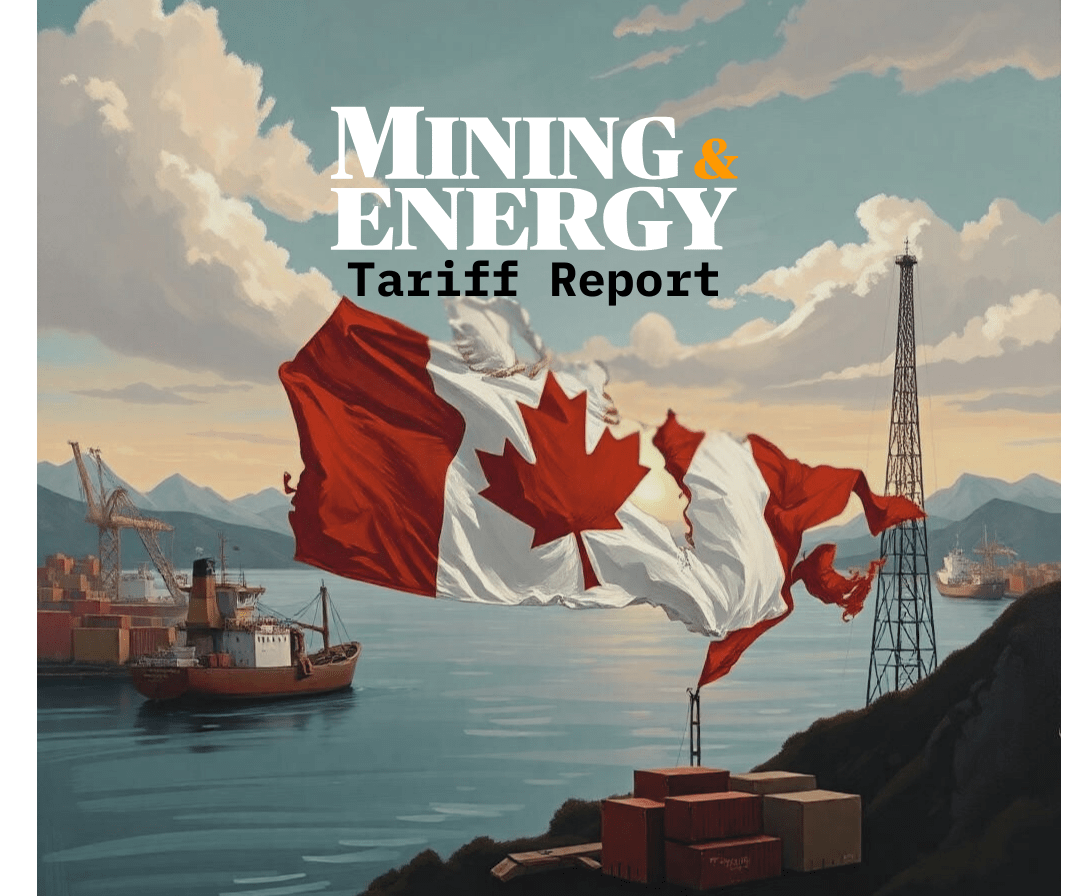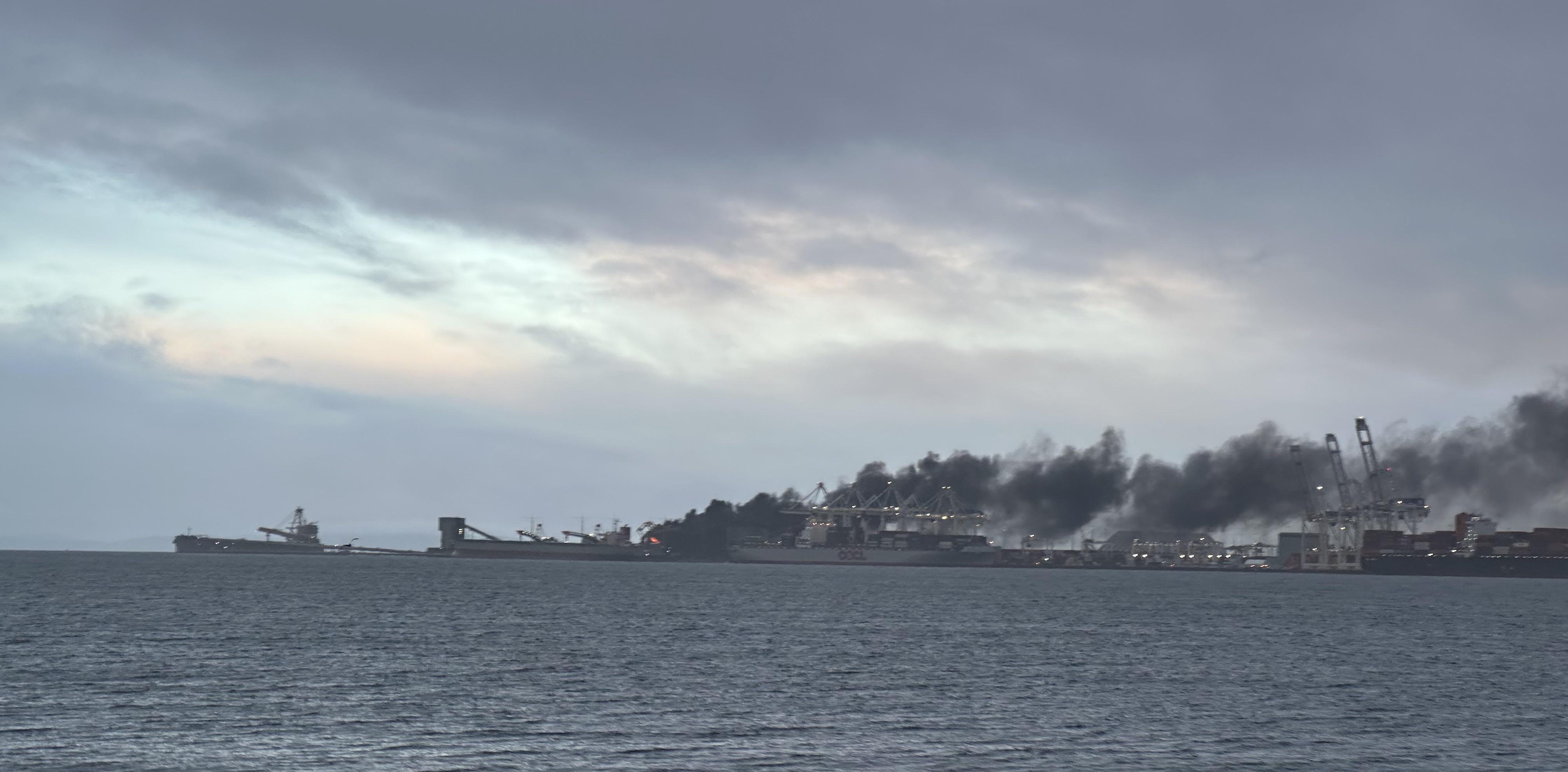An ear to the ground
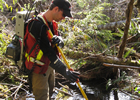
The Comox Joint Venture is in the process of determining the scope of work needed to gain environmental approval from provincial and federal governmen
The Comox Joint Venture is in the process of determining the scope of work needed to gain environmental approval from provincial and federal governments. — photo courtesy Compliance Coal Corporation
Compliance Coal Corporation hopes to move forward with the Raven coal mine project on Vancouver Island, as the company invites public input on a federally and provincially mandated environmental review process.
The Canadian Environmental Assessment Agency (CEA Agency) and the B.C. Environmental Assessment Office (EAO) have completed a rough draft of a report that sets out conditions that Compliance—working with partners as the Comox Joint Venture—must meet to take the project to the next step.
Once the public submits feedback, the two government agencies will finalize the report and issue it to the proponent.
"The process is designed so that people who have a view that the project will provide a positive impact through jobs will have their chance to have their voice heard," said John Tapics, CEO of Compliance Energy Corporation, "and also those who are looking to protect their environmental interests."
Right now, the company is interested in hearing public feedback—information that will factor into the creation of the Application Information Requirements/Environmental Impact Statement (AIR/EIS), the federal and provincial environmental regulatory guidelines for the project, Tapics said.
The finalized AIR/EIS report will detail the scope of environmental issues and concerns the company must address before moving the mine project forward.
"The first milestone in the short term is to receive an approved scope for the applications," said Tapics, "and then it's to complete all the studies and prepare applications."
Groups like the Wilderness Committee are opposed to the Raven project based on concerns that the mine will have adverse environmental impacts such as heavy metal contamination in streams, increases in road traffic and the extraction of coal itself.
"This project has been met with overwhelming public opposition, and this process gives us an opportunity to demonstrate that," said Tria Donaldson, Pacific Coast campaigner with the Wilderness Committee.
There have been three public hearings to date in the Comox Valley region where the project is based. Located near Fanny Bay—roughly 20 kilometres south of Courtenay—the Raven project covers 3,100 hectares and is estimated to produce 30 million tonnes of coal over a 16-year period.
The Comox Joint Venture expects the Raven project to create 200 construction jobs and 150 full-time mine, port and transportation jobs, as well as 500 indirect jobs.
Between $30 million and $35 million is the anticipated payout for salaries and wages, and the company is committed to hiring local workers. If all goes smoothly with the environmental applications, Tapics hopes a mine will be in production by late 2013 or early 2014.
"That's assuming we receive approval from both provincial and federal governments sometime within the third quarter of 2012," he said.
Studies have shown the coal reserves to be roughly 88 per cent metallurgical coal—the type used to create steel when combined with iron ore.
Once mined, the coal will likely be transported via road or rail to Port Alberni for shipping.
